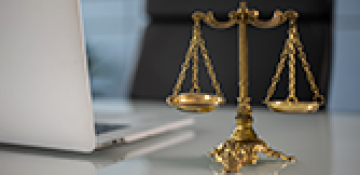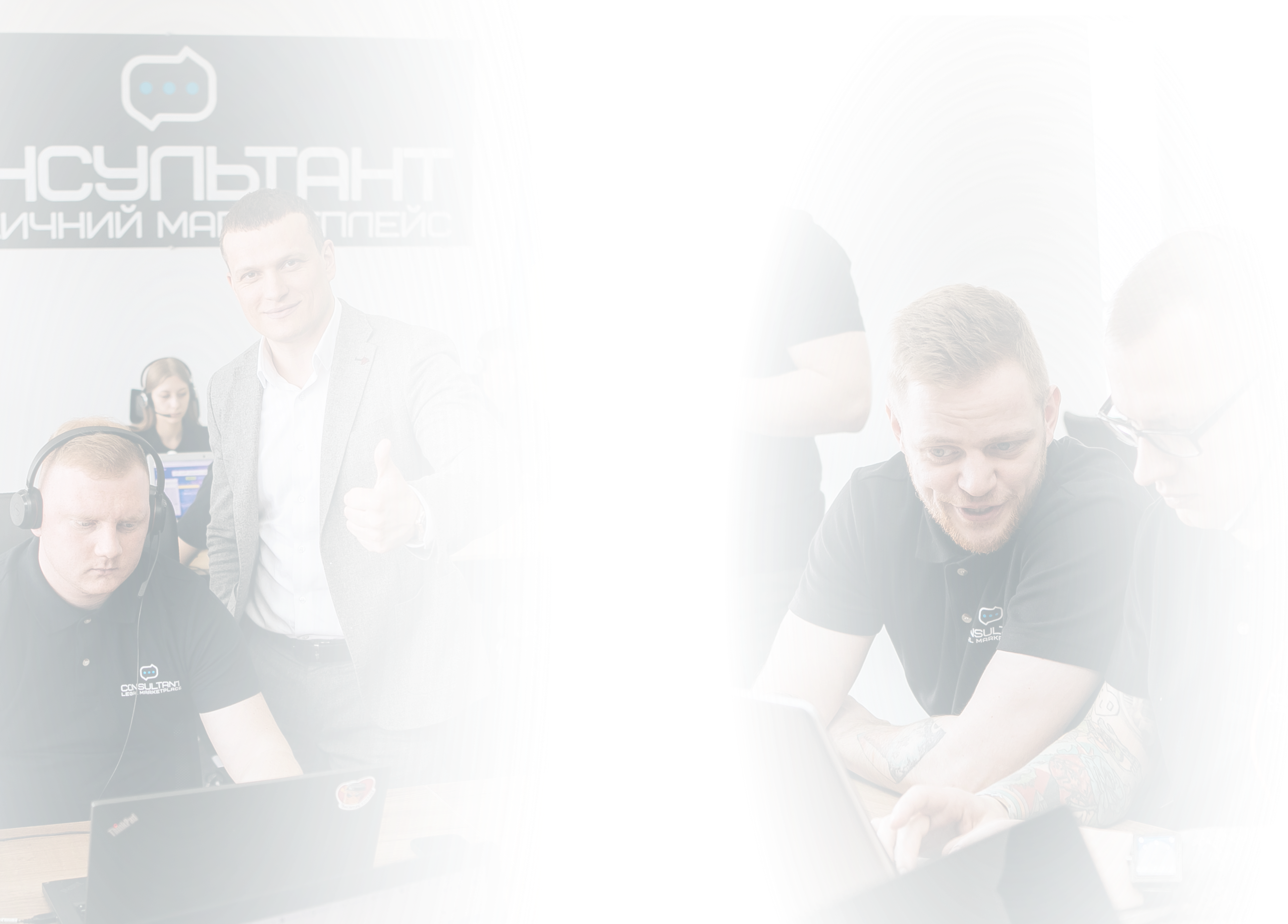Legal aspects of recording traffic violations by automatic systems
Introduction
Automated traffic violation detection systems play an important role in modern traffic law enforcement on the roads. They provide efficient and objective monitoring, minimizing the human factor and improving road safety. In this article, we will examine the legal aspects of using automatic systems for recording traffic violations in Ukraine.
Legal framework
Code of Ukraine on Administrative Offenses (CUAO)
The CUAO contains rules governing the procedure for recording administrative offenses, in particular through automatic systems. According to the Code, data obtained through such systems may be the basis for bringing to administrative liability.
The Law of Ukraine "On Road Traffic"
This law establishes general rules of the road, including requirements for the use of technical means of control, such as photo and video recording cameras.
Resolution of the Cabinet of Ministers of Ukraine
Resolutions of the Cabinet of Ministers detail the procedure for using automatic systems for recording violations, define technical requirements for these systems and procedures for their certification.
How automatic systems work
Take photos and record videos
Automated systems use cameras for photo and video recording that are placed on roads and intersections. They record violations, such as speeding, running red lights, parking violations, etc.
Data processing
The collected data is automatically transferred to the processing centers where it is analyzed. Based on the information received, an administrative protocol is generated, which is then sent to the violator.
Sending messages
After the data is processed, a notice of administrative offense is sent to the offender along with evidence (photos or videos) and information about the fine.
Advantages of automatic systems
Objectivity:
- Automatic systems reduce the risk of human error and subjective approach.
Efficiency:
- The systems operate around the clock, ensuring constant monitoring.
Transparency:
- The use of photos and videos as evidence increases confidence in the legitimacy of the fines imposed.
You may also be interested in the following articles:lawyer consultationlawyer consultation analysis of documents legal analysis of the situation written consultation verification of documents by a lawyer lawyers documents legal assistance online lawyer online legal opinion legal opinion of a lawyer lawyer online
Problems and challenges
Technical failures
One of the main concerns is the possibility of technical failures or errors that could lead to the imposition of fines. It is important to ensure that systems are properly maintained and regularly checked.
Protection of personal data
The collection and processing of personal data of violators must be carried out in compliance with the legislation on personal data protection. Confidentiality and security of the collected information must be ensured.
Appealing decisions
It is important to ensure an effective procedure for appealing decisions made on the basis of data from automatic systems. Violators should be able to defend their rights in the event of an unlawful fine.
Development prospects
Implementation of new technologies
The further development of automatic systems for recording violations involves the introduction of new technologies, such as artificial intelligence and machine learning, to improve the accuracy and efficiency of the systems.

































